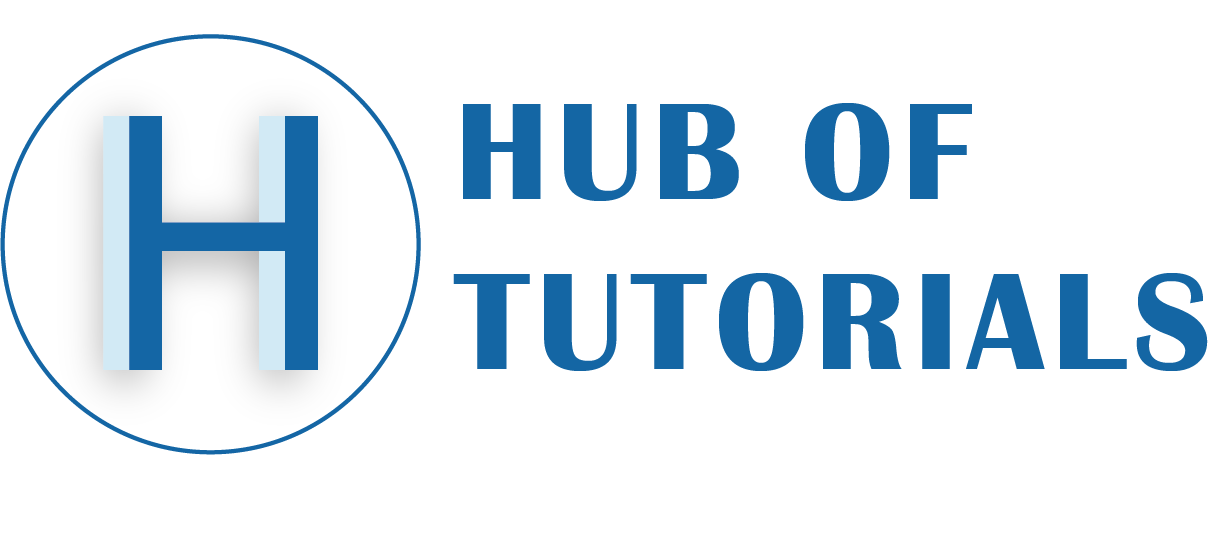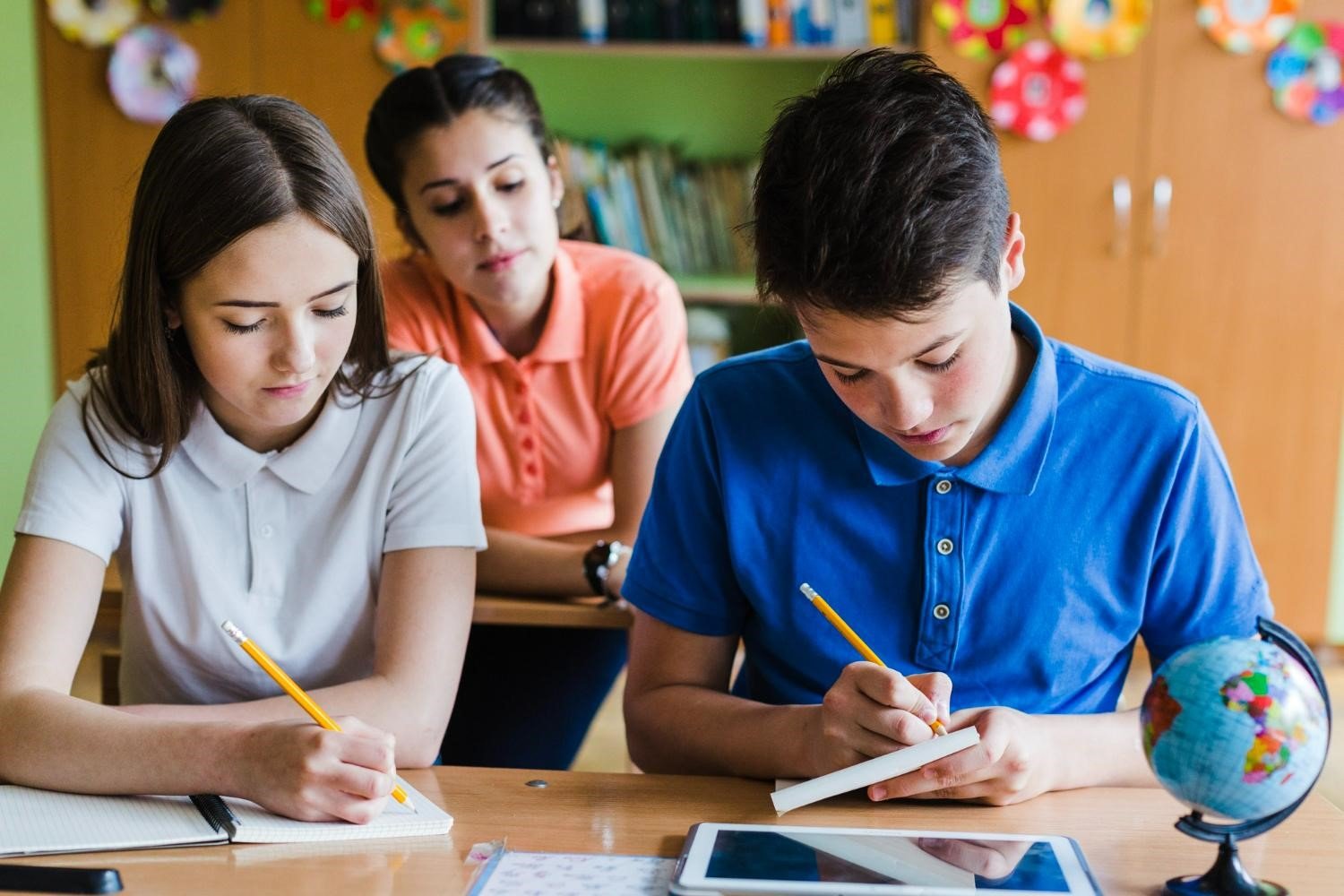Every classroom is diverse – and by extension, every student is an individual learner with individual needs and challenges that differ greatly from those shared among classmates. Therefore, educators must be prepared to accommodate these differences to provide an inclusive education environment for all their pupils. Diverse perspectives in education have long been discussed, and resources exist to aid educators in understanding how they can promote culturally responsive teaching in the classroom. In this article, we are going to talk about 7 Educational Approaches for Diverse Learners.
Teachers need to invest time in getting to know their students and celebrating cultural differences, which helps foster unity within the class while giving students an opportunity to share their unique experiences within their school community. They also need to know their students’ cultural backgrounds and interests so they can provide tailored and collaborative learning opportunities for all students. This involves understanding each learner’s learning style as well as their preferred method of study.
Below are the 7 Educational Approaches for Diverse Learners:
1. Universal Design for Learning or UDL
Universal Design for Learning (UDL) is an educational framework that equips educators with tools needed to meet the diverse learning needs of their students, such as reducing classroom barriers and acknowledging different student learning preferences, strengths, and experiences. For instance, it recommends providing subject matter information in multiple formats (text, audio, and video) so students can access material according to their learning strengths.
It also suggests providing options for action and expression so students can demonstrate what they have learned more meaningfully. This can include adding more time to quizzes and tests, making lecture presentations available ahead of class, or including closed captioning on videos. The goal of creating more flexible classrooms is to allow teachers to adapt their instructional approach for special education throughout a lesson without needing to retrofit an already underway lesson.
2. Use Active and Adaptive Learning
Teachers in classrooms with diverse learners can use adaptive learning as a teaching strategy to assist students who require different accommodations. If you are looking for the best school in Baroda that employs active and adaptive learning, it’s advisable to visit the campuses of some schools and talk to their teaching staff about their teaching techniques and if they track student progress to offer personalized guidance.
The principle of task simplification can be used to break complex tasks down into smaller pieces so that all the students in the class can easily comprehend and learn. This approach reduces frustration among those struggling to comprehend lessons and enhances understanding of the subject matter.
Adaptive and personalized learning requires a carefully constructed curriculum to work effectively. This helps increase engagement while improving outcomes for all students.
3. Leverage Educational Technologies
Cultural and societal differences among students from different backgrounds must be honoured in the classroom to promote mutual understanding and trust amongst them and an act of sensitivity.
By making it easier for teachers to employ different educational tools and information, technology plays a crucial role in supporting diverse learners in schools and assisting them in reducing the time, effort, and resources they devote to teaching. Educational technology also promotes multimodal learning in schools and colleges.
Teachers can effectively use differentiated instruction in their teaching techniques with today’s cutting-edge educational technologies. They will better accommodate the demands of kids from various racial and cultural backgrounds. Colleges should also provide flexible seating arrangements and adaptive technologies like speech-to-text software, talking calculators, and modified computer accessories to provide equitable learning opportunities for all their pupils.
4. Student Behavior Management
Student behavioural issues arise for various reasons, but all have one thing in common: they feel unsupported. Behaviour management strategies play a vital role in teaching diverse learners and include classroom rules, group work assignments, and positive reinforcement – among many others. Establishing clear and consistent expectations, ongoing check-ins, and suitable scaffolding are practical solutions to minimizing student struggles with learning material and promoting inclusive education.
Empowering students and celebrating their successes are also effective approaches to supporting learning. Simply complimenting someone on their new shoes may be all that they hear all day – this shows your care while encouraging desirable behaviour from them. Furthermore, working on individualized learning plans for students from diverse backgrounds can effectively help them grasp the content, giving them a sense of belongingness in the school environment.
5. Visualization in Learning
Visualizing is a reading strategy designed to help students visualize the text they read by creating images in their minds that represent ideas from it. These images draw upon background knowledge, imagination, and interpretations made of what was read, like movie or video scenes. Students can utilize visualization techniques before, during, and after studying the texts they are reading as an effective means to reinforce key concepts and understand their material better.
Visualization exercises help reinforce key ideas while aiding understanding. One effective method for developing visualization skills among children is to have them listen to a story without sharing its illustrations and then draw what they were picturing in their minds after listening. This activity can be conducted individually, in small groups, or as a whole class and used for reading passage support, writing support, the class aloud, or silent reading sessions.
6. Inquiry-Based Learning
Inquiry-based learning is an educational approach that empowers students to take control of their own learning experience. Students learn to pose relevant inquiries and seek answers using sources like historical databases, reliable online sources, and libraries. This especially helps students experience culturally responsive teaching that may help them grasp and understand the topics better and more comprehensively.
While this learning method requires more teaching skills and time than other approaches, it provides students with a profound knowledge of a subject that will last beyond schooling years. Furthermore, this learning style encourages them to become independent learners even outside of class, an invaluable skill given that standardized testing dominates educational evaluation. Finally, when fully immersed in an area of interest, students develop an avidity for knowledge acquisition.
7. Professional Development
Educators must recognize students’ individuality and accept that it is integral to student growth. They should also understand the significance of creating an inclusive learning environment. Teachers are advised to seek professional development opportunities that meet their specific needs and incorporate best practices for job-embedded learning. One way you can decide if the given school is the best in Baroda is by checking if they focus on the professional development of their students.
Professional development courses can assist teachers in understanding more fully both the strengths and challenges associated with each of their students and effective instructional strategies designed to promote their growth as learners. Several schools in Vadodara are already focusing on the professional development of their students by offering them all the knowledge they need through inclusive and collaborative learning techniques.
Conclusion
Teaching Diverse Learners can be a challenging endeavour that necessitates numerous techniques for success. Whether you are teaching diverse students as part of your classroom experience or training teachers elsewhere, learning how to effectively do so is vital to creating engaging and productive class environments. This article presents tested, research-backed strategies for meeting their unique needs.
Implementing multiple methods of instruction allows students to process information at their own pace and maximizes learning outcomes. Inclusive teaching techniques do not require extensive resources and don’t necessitate tailoring lessons specifically to each student. Contact some of the best schools in Vadodara to learn more about diverse learning styles.

